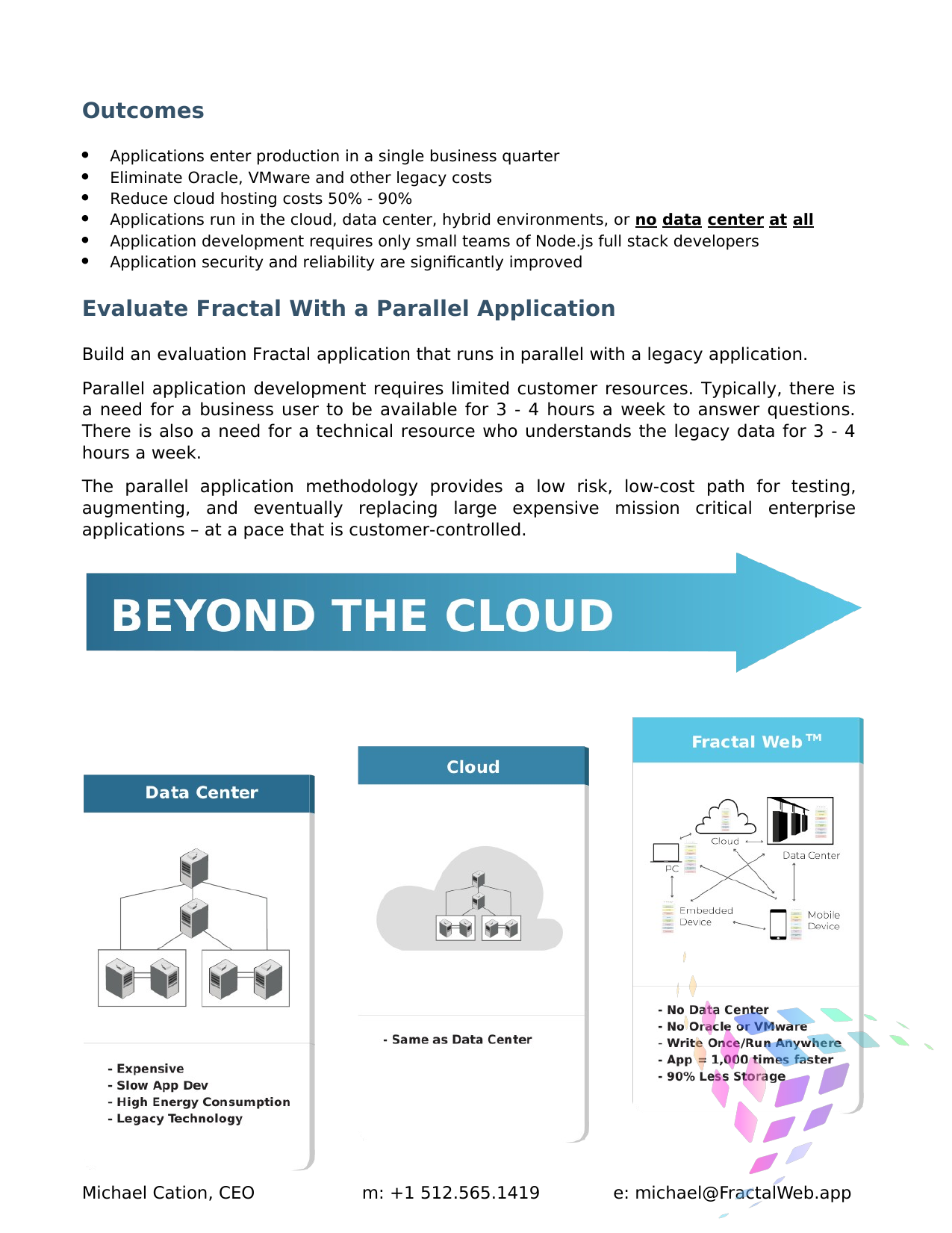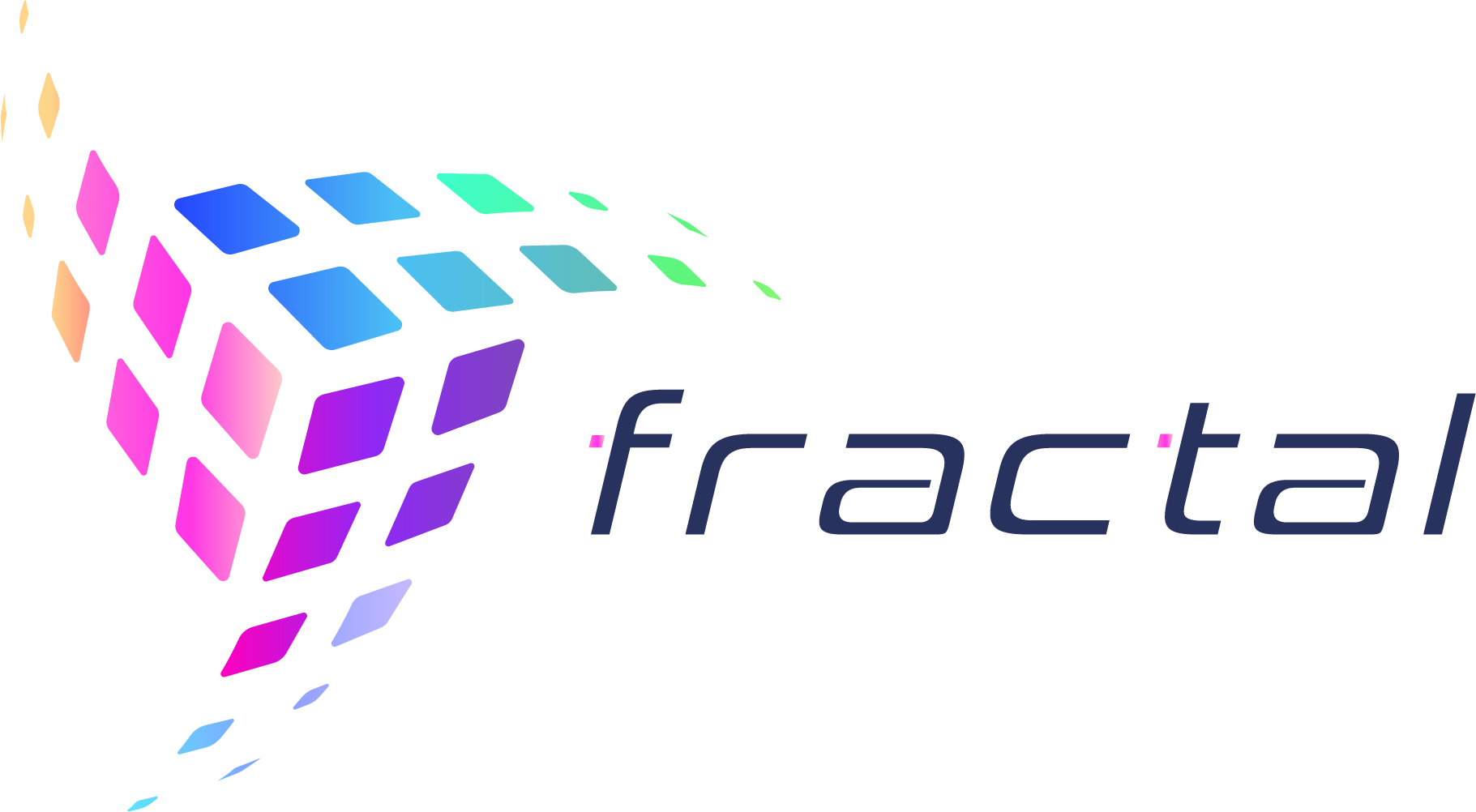Questions About
Business

Who Is Fractal? Fractal is the US-based software company that initiated the Fractal Computing™ ecosystem. Fractal, and its system integration partners, help Fortune 500 companies utilize Fractal technology to digitally transform their businesses.
What business problems do you solve? Fractal enables our customers to improve the economics and capabilities of their IT organization:
- Fractal eliminates legacy software platform costs such as Oracle or VMware.
- Fractal makes efficient use of hardware resources so that data center and cloud provider costs are dramatically reduced.
- Fractal reduces the need for data centers both on premise and in the cloud.
- Fractal apps integrate data from disparate sources inside and outside an organization to provide a unified 360-degree view of customers and how they interact with the business.
- Fractal apps can be developed and deployed in a single business quarter with business unit or department level Javascript programmer resources.
- Fractal apps continuously absorb data from all sources and make it available in real-time to desktops and mobile devices.
- Fractal apps are secure. They use a distributed microsegmented data architecture coupled with public/private key crypto-infrastructure. The massive large-scale data breaches that make the evening news are a physical and mathematical impossibility.
How long have Fractal production applications been running? Fractal technology has been in production use for over 5 years at large, well-known companies.





